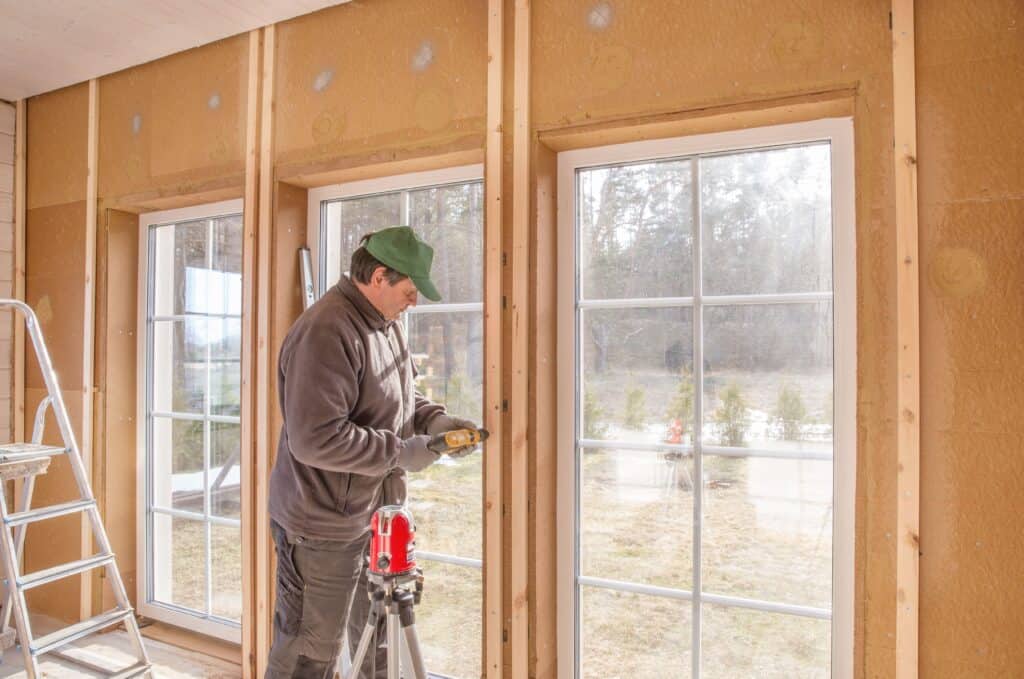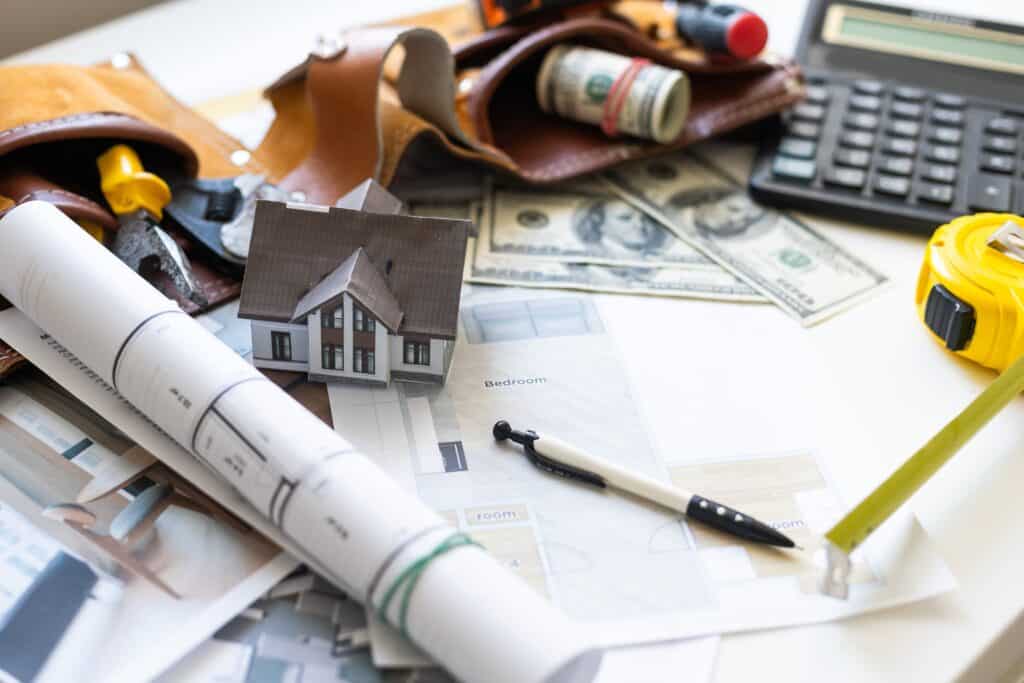8 Things To Secure Your Home After A Hurricane
Torrential downpours, gale-force winds, storm surges, and flooding along the coastline – Hurricane season in North Carolina can be damaging on both a physical and emotional front. From frantically prepping before the storm to inspecting your home after the threat has moved up the coast, the six month long hurricane season (June 1- November 30) can be an overwhelming and scary time as a homeowner.
To help relieve some of that stress, TruBlue Roofing and Remodeling has put together a list of 8 things you need to consider after a hurricane; an easy to navigate checklist to help you navigate life after a hurricane or tropical storm.
#1: Do NOT go home until it is safe
First and foremost, do not (under any circumstances) go to your home until the area has been deemed safe. It is only natural to want to immediately return to your house after a natural disaster. Your home contains all of your most prized possessions and is an essential part of your life. However, it is crucial to keep in mind that the safety of you and your loved ones is the #1 priority after a hurricane.
If you are able to return home, keep an eye out for standing water, downed power lines, and survey the damage before proceeding. If at any time you feel the trip home is too risky, abort mission, and return to your previous location.
#2: Assess the damage in a timely manner
Make sure to check your home for damage as soon as you are able. While assessing your home, check for the following:
- Water damage
- Blocked vents leading into the home
- Inspect electrical components (inside and outside of the home)
- Examine exterior elements (shutters, trim, siding, gutters, fencing, deck)
- Downed trees and shallow exposed roots
Remember to give the entire property a visual inspection; don’t just focus on your home.
# 3: Don’t forget to inspect your roof
During a hurricane, your roof often takes the biggest brunt of a storm, so make sure to do a visual inspection of the area. If your roof is too steep or you don’t feel comfortable doing a physical examination, use binoculars to give your roof a visual once over. Make sure to check shingles, gutters, vent stacks, and the flashing around your chimney and skylights.
At TruBlue Roofing and Remodeling, we specialize in residential roofing and are a full-service roofing company that can help with roof replacement, repairs, insurance claims, and storm damage. We have been helping North Carolina families since 2014 and would love to help you as well.
#4: Document all damages…and take pictures
Make sure to document all damages to your property and do so in a timely manner. Making a list of the damages is great, but it is even better to take pictures as you inspect your property. While documenting the damage, create a list of all the damages with a corresponding picture. These pictures will help you to 1) categorize all of the damage to your property 2) give the insurance company the correct information and 3) provide a starting point when you are ready to contact individuals about fixing your home.
#5: Contact your insurance company
Once you have your list and pictures of the damages, it is time to contact your insurance company and file a claim. Don’t be afraid to provide your insurance company with all of the details in the report; provide your list and the accompanying pictures to help them better understand the extent of the damage. Also, remember to be patient once the claim is filed. Talking with the insurance company and filing the claim is the easy part…being patient while the insurance company addresses your claim is completely different.
#6: Try to fix any emergency repairs yourself
Not everyone is a handy person, and you don’t have to be after a hurricane. However, it is important to fix any emergency repairs to your home as soon as you are able. Tarps, duct tape, and some ingenuity are all you need to make sure you and your family are safe as you wait for the professionals.
#7: Watch out for “Storm Chasers”
Storm Chasers can be a real concern after any natural disaster and are nothing like Bill Paxton and Helen Hunt in the movie “Twister.” So, what exactly is a storm chaser?
A storm chaser, is a person (or “company”) that travels to an area where a server storm or natural disaster has occurred. These contracting companies usually show up after a natural disaster and are there to solicit business by completing home repairs. Often times, but not always, the companies take advantage of the homeowner. The company may:
- not have the proper licenses to complete the work and are not trained for the type of repair
- offer quick fixes that are rushed and lead to inconsistent work or poor quality work
- not be able to deliver the services promised and scam you out of money
While there are some honest storm chasing companies, it is very hard to distinguish between the good and the bad. So, make sure to choose wisely.
#8: Do your research
It is important to do the research when it comes to hiring the right companies to fix your home and surrounding property.
- Make sure to get an estimate for the services they will be providing when it comes to damage repair
- Get multiple estimates from different companies and compare the information to find the best fit for you
- Check to make sure the company is qualified and has positive reviews and recommendations.
- Make sure to discuss how the company is going to provide communication with you and your insurance provider. What is the timeline and how will the issue be addressed?
- Don’t rush to get your home repaired. Do the research up-front so that you can get the quality repair that you deserve.
Take a look at the WRAL article about potential “storm chasers” and what redflags to look for- Link to article
At TruBlue Roofing and Remodeling, we hope that the upcoming hurricane seasons has a limited impact on the coast of North Carolina. However, if you find yourself in need of roof repairs, contact us at…








